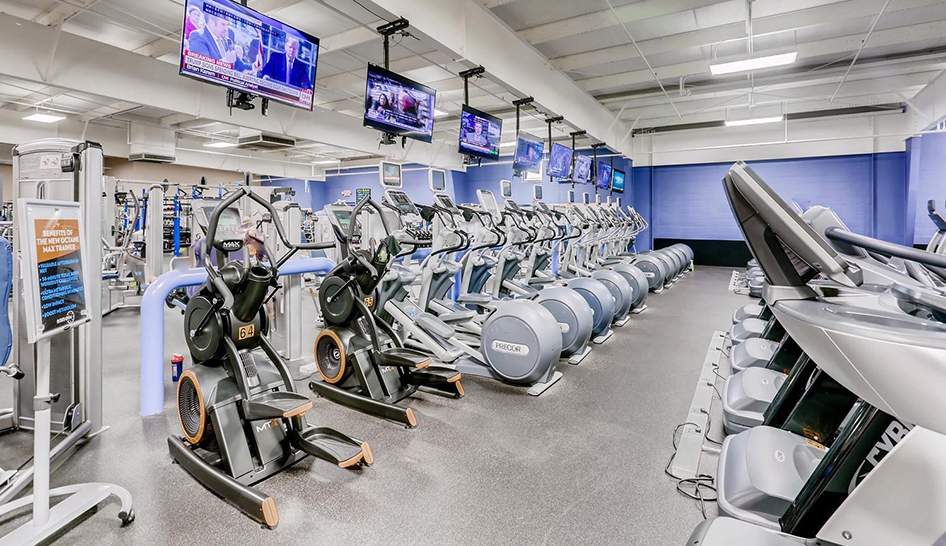This is a dilemma that’s increasingly being faced by mid-price clubs that are being squeezed between luxury brands and budget clubs. The latter are referred to, by their detractors, as high-volume/low-price (HV/LP) facilities; or, by their promoters, who’ve repurposed the acronym, as high-value/low-price.
“A lot of middle-market clubs are struggling, and asking themselves, ‘How do I price this thing without making a complete change in my business model?’” says Bill McBride, a former IHRSA chairperson and the president and CEO of Active Wellness, a club management firm, and BMC3, a consultancy, both in San Francisco. “There’s still a strategic play to be made in the middle, but you have to make sure that your value chain and expense engineering can justify and accommodate it.”
If not, then you may want to consider transitioning to an HV/LP model, however you, personally, decide to define the acronym.
It’s a big move, but could, conceivably, be a business-saving step.
Among the many factors you’ll need to evaluate are local market conditions; membership and pricing options; the addition or elimination of certain amenities; how to deal with increased member volume; staffing; the impact on current members; market positioning; and, perhaps, rebranding.
Making the Numbers Work
Before making any move at all, though, you’ll need to understand your market thoroughly, cautions Rick Caro, the president of Management Vision, Inc., an industry consultancy based in New York City. Caro also is one of the founders and a past director and president of IHRSA.
“Health clubs, which are service businesses, are totally dependent on, and sensitive to, local market conditions,” he says. “If I’m going to generate fewer dollars per person, I’m going to have to increase the number of payers. So the first key consideration is based on market conditions having to do with supply vs. demand.
“Is there enough excess demand I can win to succeed?”
The challenge is echoed elsewhere in this issue by a club owner who notes that, “Competition is increasing, low-cost gyms are proliferating!” and asks, “How can I differentiate my club?"


